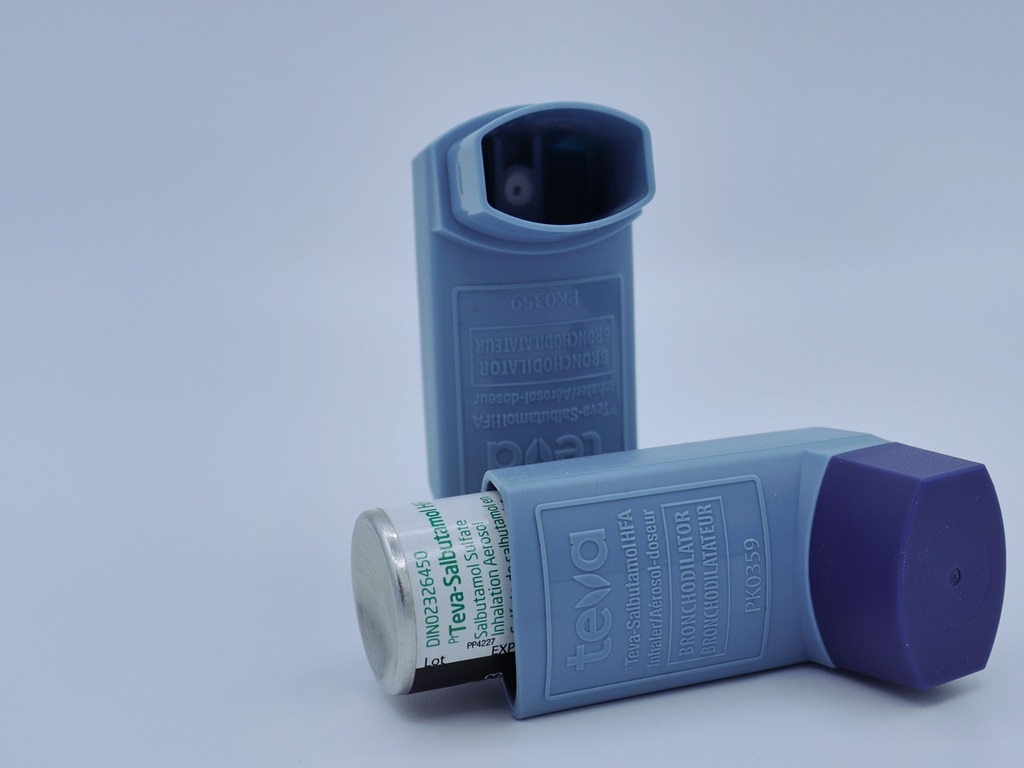
Strategies for Managing Chronic Knee Pain
Chronic knee pain is a persistent issue that can significantly affect daily life, limiting mobility and reducing the quality of life. Unlike acute knee pain, which typically results from a sudden injury or strain, chronic knee pain develops over time and is often related to underlying conditions such as osteoarthritis, tendinitis, bursitis, or cartilage damage. These conditions cause ongoing discomfort, swelling, stiffness, and a reduced range of motion. Understanding the underlying cause of your knee pain is essential to effectively manage and treat it. Consulting with a healthcare professional, such as an orthopedic specialist, can help diagnose the root cause and develop a targeted treatment plan.
Non-Surgical Treatment Options
For many people with chronic knee pain, non-surgical treatments are the first line of defense. These treatments focus on reducing pain, improving function, and preventing further joint damage. One of the most common and effective strategies is physical therapy. A physical therapist can design a personalized exercise program to strengthen the muscles around the knee, improve flexibility, and increase the range of motion. Strengthening the quadriceps, hamstrings, and calf muscles can provide better support to the knee joint, reducing stress and alleviating pain. Physical therapy may also include manual therapy techniques, such as massage or joint mobilization, to relieve pain and improve joint function.
Medications are another common non-surgical treatment for chronic knee pain. Over-the-counter pain relievers, such as acetaminophen or nonsteroidal anti-inflammatory drugs (NSAIDs) like ibuprofen, can help reduce pain and inflammation. In some cases, a doctor may prescribe stronger medications, including corticosteroids or hyaluronic acid injections. Corticosteroid injections can reduce inflammation and provide temporary pain relief, while hyaluronic acid injections aim to lubricate the joint, improving movement and reducing pain. These injections are typically used when oral medications and physical therapy do not provide sufficient relief.
The Role of Alternative Therapies
In addition to conventional treatments, many individuals find relief from chronic knee pain through alternative therapies. Acupuncture, a traditional Chinese medicine practice, involves inserting thin needles into specific points on the body to stimulate healing and pain relief. Several studies suggest that acupuncture can reduce knee pain and improve function, particularly in patients with osteoarthritis. It is thought to work by stimulating the nervous system, releasing endorphins, and improving blood flow to the affected area. While more research is needed, acupuncture is generally considered safe and may be a valuable adjunct to other treatments.
When Surgery Becomes Necessary
In cases where non-surgical treatments fail to provide adequate relief, or if the knee joint has sustained significant damage, surgery may be considered. Knee surgery is generally viewed as a last resort after all other treatment options have been exhausted. There are several types of knee surgery, each with different goals and outcomes depending on the underlying condition.
Arthroscopic surgery is a minimally invasive procedure commonly used to diagnose and treat various knee problems. During this surgery, a small camera called an arthroscope is inserted into the knee joint through a small incision, allowing the surgeon to view the inside of the joint and repair any damage. This type of surgery is often used to remove or repair damaged cartilage, trim torn meniscus tissue, or remove loose bodies within the joint. Recovery time from arthroscopic surgery is typically shorter than that of more invasive surgeries, and it is often performed on an outpatient basis.
Partial knee replacement, also known as unicompartmental knee replacement, involves replacing only the damaged portion of the knee joint with an artificial implant. This surgery is typically an option for patients with localized knee damage, often due to osteoarthritis, where only one part of the knee joint is affected. Partial knee replacement can provide significant pain relief and improved function while preserving more of the natural knee structure. The recovery process is generally quicker than that of a total knee replacement, with many patients returning to normal activities within a few months.
Post-Surgical Rehabilitation and Long-Term Management
Rehabilitation is a critical component of the recovery process following knee surgery. Physical therapy plays a central role in restoring strength, flexibility, and range of motion to the knee joint. A physical therapist will design a customized rehabilitation program that includes exercises to strengthen the muscles around the knee, improve joint mobility, and reduce stiffness. Adhering to this program is essential for achieving the best possible outcome and preventing future knee problems.
In addition to physical therapy, pain management is an important aspect of post-surgical recovery. Medications, ice therapy, and elevation can help manage pain and swelling in the days and weeks following surgery. As recovery progresses, patients may gradually reduce their reliance on pain medications and transition to more active forms of pain management, such as exercise and stretching.
By combining surgical and non-surgical treatments with a proactive approach to rehabilitation and lifestyle management, individuals with chronic knee pain can achieve significant relief and improve their overall quality of life.




